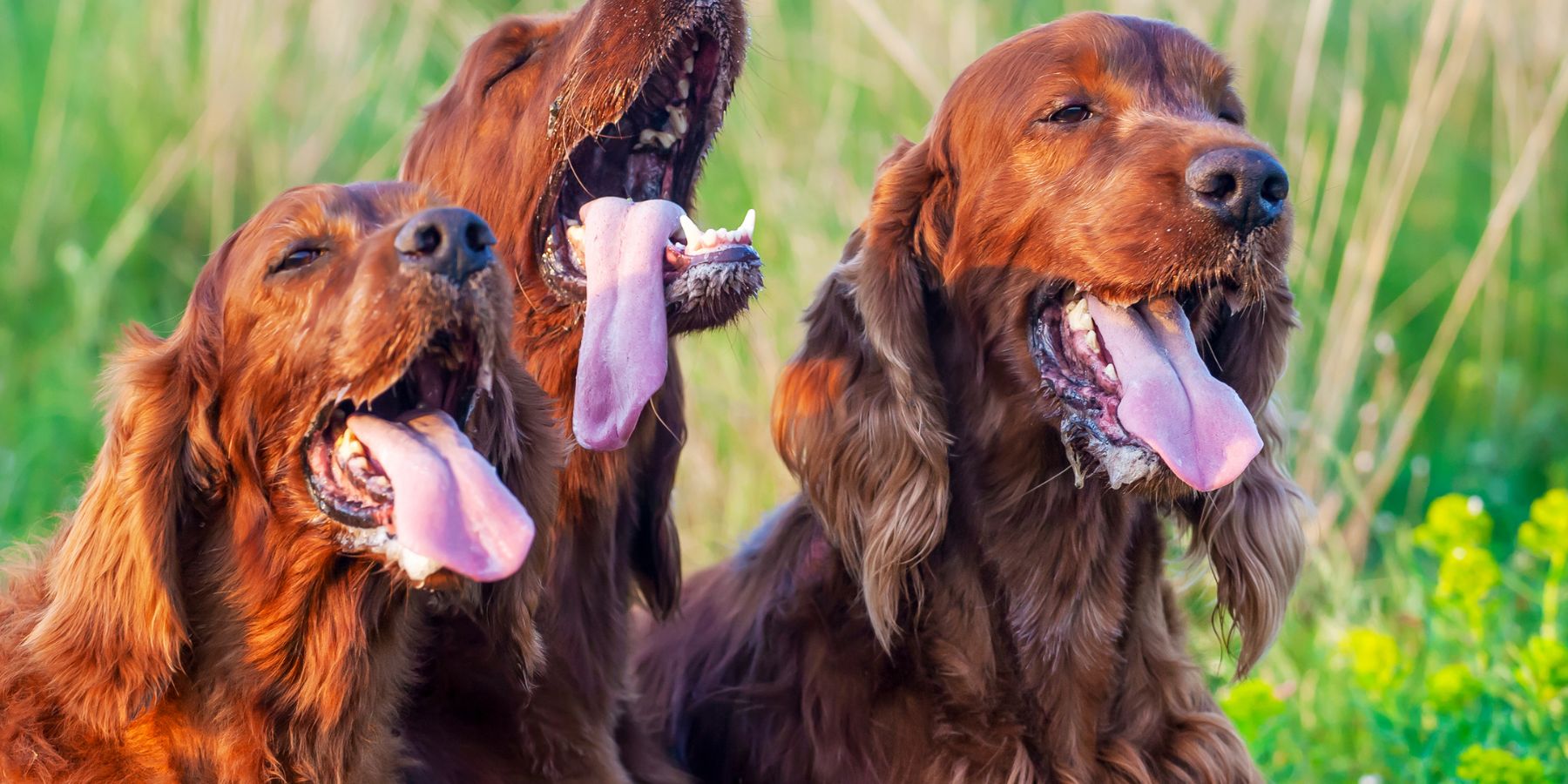Our dogs communicate with us in various ways, and one essential aspect to pay attention to is their breathing. Changes in your dog's breathing patterns can indicate underlying health issues. In this article, we'll explore how to recognize potential health concerns by observing your dog's breathing.
Understanding normal breathing
Before delving into signs of health issues, let's understand what normal breathing looks like in dogs.
1. Resting breathing rate
Dogs generally take 10 to 30 breaths per minute at rest.
Puppies and smaller breeds tend to have a faster resting rate than larger dogs.
2. Consistent breathing pattern
Normal breathing is rhythmic and consistent.
A slight increase in breathing is normal after play or activity.
3. Noisy breathing vs. normal snoring
Occasional snoring is normal, but persistent or loud snoring may indicate an issue.
Recognizing potential health issues
1. Rapid or shallow breathing
Significance: Can indicate pain, anxiety, or respiratory problems.
Action: Monitor and consult a vet if persistent.
2. Labored breathing
Significance: Difficulty breathing, often seen in heart or lung issues.
Action: Seek immediate veterinary attention.
3. Coughing or wheezing
Significance: Respiratory infections or issues.
Action: Visit a vet, especially if coughing persists.
4. Irregular breathing patterns
Significance: Could signal pain, distress, or neurological problems.
Action: Vet consultation for a thorough examination.
5. Gums or tongue discoloration
Significance: Blue or gray tint may indicate inadequate oxygen.
Action: Emergency vet visit.
Supporting your dog's respiratory health
1. Regular exercise
Physical activity supports cardiovascular health and respiratory function.
2. Maintain a healthy weight
Obesity can contribute to respiratory issues. Consult your vet for a suitable diet.
3. Clean environment
Ensure a smoke-free environment, as smoke can irritate a dog's respiratory system.
4. Regular veterinary check-ups
Routine check-ups help catch potential issues early.
How to calm a panting dog
When your dog is panting excessively, it could be due to various reasons such as heat, stress, or anxiety. To calm a panting dog, provide a cool and shaded environment, offer fresh water, and avoid strenuous activities. If panting persists, consult your vet to rule out any underlying health concerns.
FAQs about dog health
Q1: Can dogs develop respiratory allergies?
Yes, dogs can develop respiratory allergies, leading to symptoms like coughing and wheezing. Consult your vet for appropriate management.
Q2: How can I differentiate between normal panting and excessive panting in my dog?
Excessive panting often includes rapid, shallow breaths and may indicate pain or stress. Monitor and seek vet advice if unsure.
Q3: Are certain breeds more prone to respiratory issues?
Brachycephalic breeds, such as Bulldogs and Pugs, are more susceptible due to their unique airway structure.
Q4: Can a humid environment affect a dog's respiratory health?
Excessive humidity can contribute to respiratory issues. Ensure proper ventilation in your dog's living spaces.
Q5: Is there a connection between dental health and respiratory issues in dogs?
Poor dental health can lead to respiratory problems. Regular dental care is essential for overall well-being.
Q6: Can anxiety or stress impact a dog's breathing?
Yes, stress and anxiety can cause rapid or irregular breathing patterns in dogs. Addressing the underlying causes is crucial.
Summary
Being attuned to your dog's breathing is crucial for identifying potential health issues early. Regular veterinary check-ups, a healthy lifestyle, and prompt attention to any concerning signs can contribute to maintaining your furry friend's respiratory well-being.


